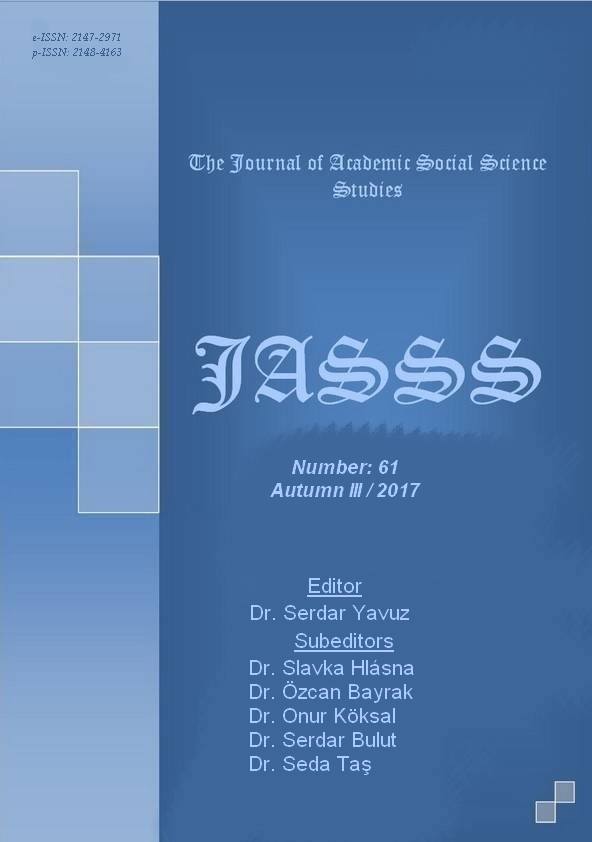Author :
Abstract
Bu çalışmada, Düzce ilindeki iki farklı kültürel toplumu temsil eden iki şarkıcının şarkı söyleme ve günlük konuşma sesleri akustik olarak ve register açısından incelenmiştir. Uygulama aşamasında farklı perdelerde seslendirilen sesli fonem örnekleri ve konuşma ve şarkı söyleme örnekleri kaydedilerek spektrografik ve elektroglotografik olarak analiz edilmiştir. Çalışmada, her iki şarkıcının da göğüs registerini kullandıkları ve perde artışına CQ artışının eşlik ettiği, yani ses tizleştikçe kafa registerine doğru herhangi bir eğilim göstermedikleri bulgulanmıştır. Spektral analizde ise, iki şarkıcınında ‘Batılı opera şarkıcısı formant demeti’ (FCwos) ve P3-4kHz akustik görüngülerine sahip olmadığı tespit edilmiş, bu akustik görüngünün oluşumunun ne glottal koşullar ne de vocal traktus konfigürasyonu açısından iki şarkıcıda da desteklenmediği görülmüştür: şarkıcıların seslerinde 3., 4. ve 5. formantlar birbirlerini enerji olarak desteklemeyecek şekilde birbirlerinden uzak konumlanmakta ve ayrıca şarkıcıların CQ değerleri de düşüktü. Çalışmada, şarkıcılara eşlik eden enstrümanlara ait spektrumlarda, FCwos ve P3-4kHz görüngülerinin oluşacağı alanlarda oldukça yüksek enerji seviyeleri gözlenmiştir. Bu durum, söz konusu şarkıcıların seslerinde FCwos ve P3-4kHz olması durumunda bile bu akustik görüngülerin, şarkıcıların kendilerini enstrümanın üzerinde duyurması konusunda işlevselliklerini yitirecekleri anlamına gelmektedir. Şarkıcıların kendilerini enstrüman eşliği sırasında duyurmalarını sağlayan faktörün, şarkıcıların spektrumunda yüksek enerji seviyesine sahip olduğu gözlenen fundamental frekanslarının oluştuğu bölgede, enstrümanlara ait spektrumların düşük bir enerji ile karakterize olması olduğu sonucuna varılmıştır.
Keywords
Abstract
In this study we investigated the register phenomenon and spectral characteristics of two singers that represent two different cultural communities settled in Duzce, one of the provinences of Turkey. In application process, the vowels which singers produced at various pitches in isolation, the samples of speaking texts and singing song were recorded in a soundproof room. It was found that they used chest register in voice production and as frequency increased, the value of CQ increased as well. After the analysis process, we concluded that neither FCwos nor P3-4kHz existed in the spectrum of performance and normal speech voice spectrum. It was seen that, the production of both two acoustical phenomenon supported by neither vocal tract properties nor glottal settings: their F3, F4 and F5 stood apart from each other, and thus they did not contribute each other in energy and their CQ value was low. In the LTAS of instruments that accompanied to them, the region of FCwos and P3-4kHz was very high in respect of energy level. But, at LTAS graphs of singers it appeared that the region where the fundamental frequency of their singing voice came into being, was almost empty in spectrum of instruments, and the energy level of singer's fundamental frequency was very high. Thus, we concluded that they made their voice hearable thanks to this situation.





